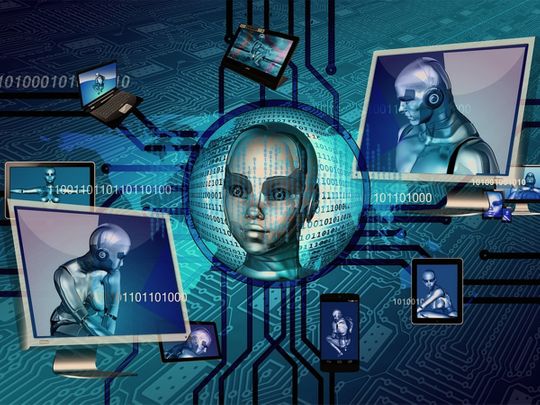
Humankind is now navigating its Fourth Industrial Revolution, spurred by AI-based technologies that enable automation. Organisations such as the World Bank and the World Economic Forum (WEF) broadly agree that 4IR will be, like its predecessors, a net creator of jobs.
In a recent report, the World Bank suggested that for each technology job created, around 4.3 jobs will be generated across occupations and income groups. This should be a source of great encouragement for those concerned about widespread labour displacement.
80 %
of jobs in which our 2025 workforce will find themselves have not yet been created.But global groups also offer a word of caution — that such benefits will not accrue to society as whole without careful public-policy implementation. In a January 2016 report, the WEF made clear that “our actions today”, or lack thereof would be the difference between “massive displacement of workers or the emergence of new opportunities”.
In other words, it is incumbent upon all of us — citizens, governments and businesses — to play our parts in the journey ahead. Upskilling and reskilling of large sections of the workforce to accommodate emerging roles will be of paramount importance.
Some 80 per cent of jobs in which our 2025 workforce will find themselves have not yet been created. But while many are in non-IT jobs, AI skills will definitely give a leg up, in the coming years, to all who have them.
Financial services and insurance (FSI) employees may be concerned. What if analyst positions are filled by advanced analytics engines that ingest data lakes and spew out reams of actionable intelligence on market conditions and forthcoming trends?
But with a grounding in AI and cloud, those employees can create and nurture the very models they were afraid would replace them. Far from being displaced, they become integral to the fabric of business intelligence, spearheading new models and collaborating with colleagues on how to use the findings to best effect.
In the manufacturing sector
Manufacturing employees may be concerned. What if the production line is automated and factory floors become ghost towns devoid of all human presence? But with the right reskilling in AI and the internet of things, these employees could be frontline architects of solutions that allow predictive maintenance — where repairs on installed equipment are conducted ahead of time, reducing costs and creating happier customers.
These newly-minted AI specialists can also be overseers of bold new servitisation models that increase unit margins on products by bundling value-added services with them.
Other employees may even break out of their current industries entirely, choosing to become digital soldiers in one of the world’s most troublesome wars — fought on the cyber-threat landscape. There has never been a greater need for qualified security professionals who are able to devise sound practices and agile policies that allow companies and governments the flexibility to innovate.
A recent Microsoft survey found that 51 per cent of organisations in the region were planning some sort of cloud migration in 2018-19. In response to this and the rise in uptake of our cloud solutions, Microsoft announced in March last year that it will build two dedicated cloud data centers, one in Dubai and one in Abu Dhabi, to bring those services to enterprises in the Middle East.
Already, the Microsoft Cloud Society — our free, hands-on, online learning platform for Microsoft technologies — has registered 106,000 people across MEA.
We have a lot of work ahead of us. The rest of us need to consider our next moves. Will we lament, or will we reach for hope?
Jaime Galviz is Chief Operating & Marketing Officer, Microsoft Middle East & Africa.












